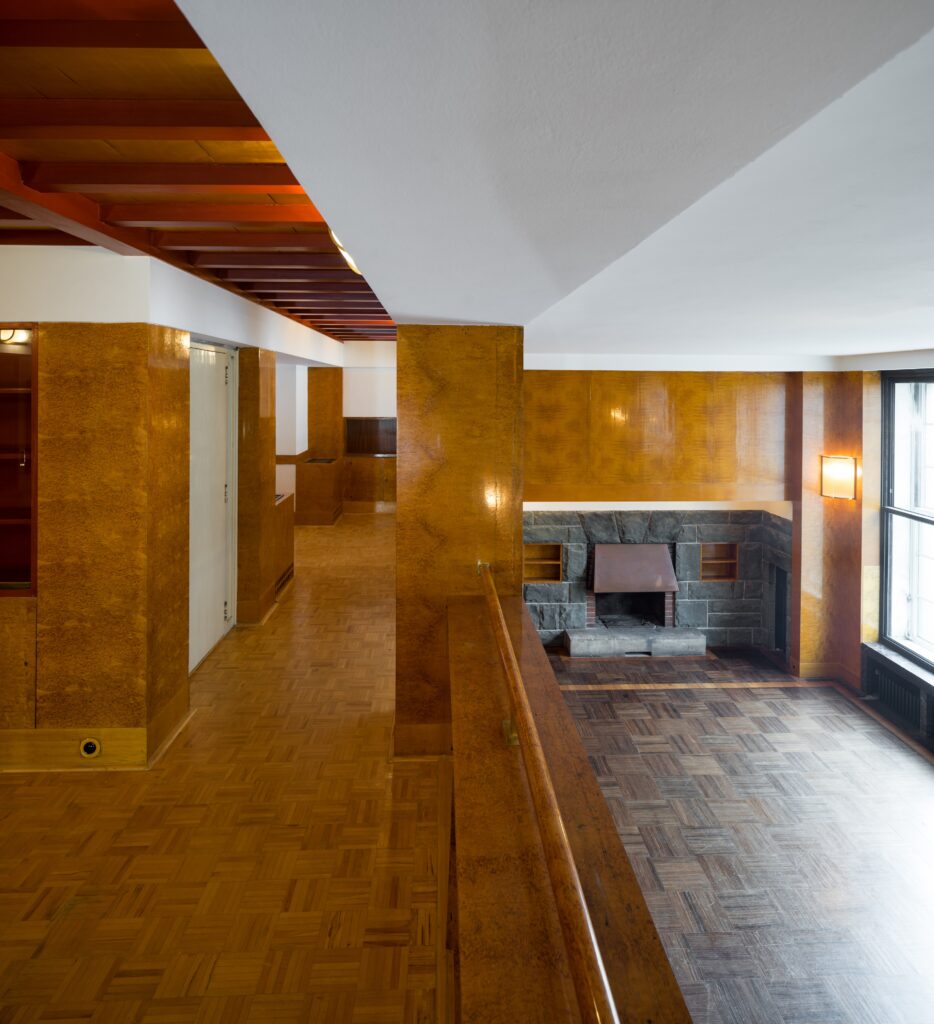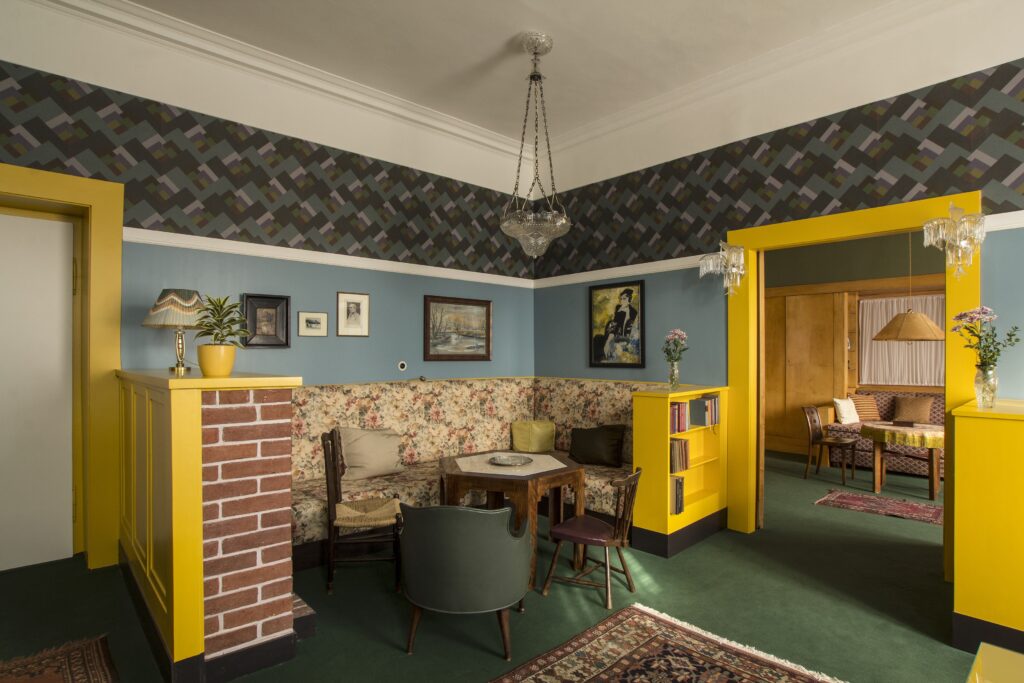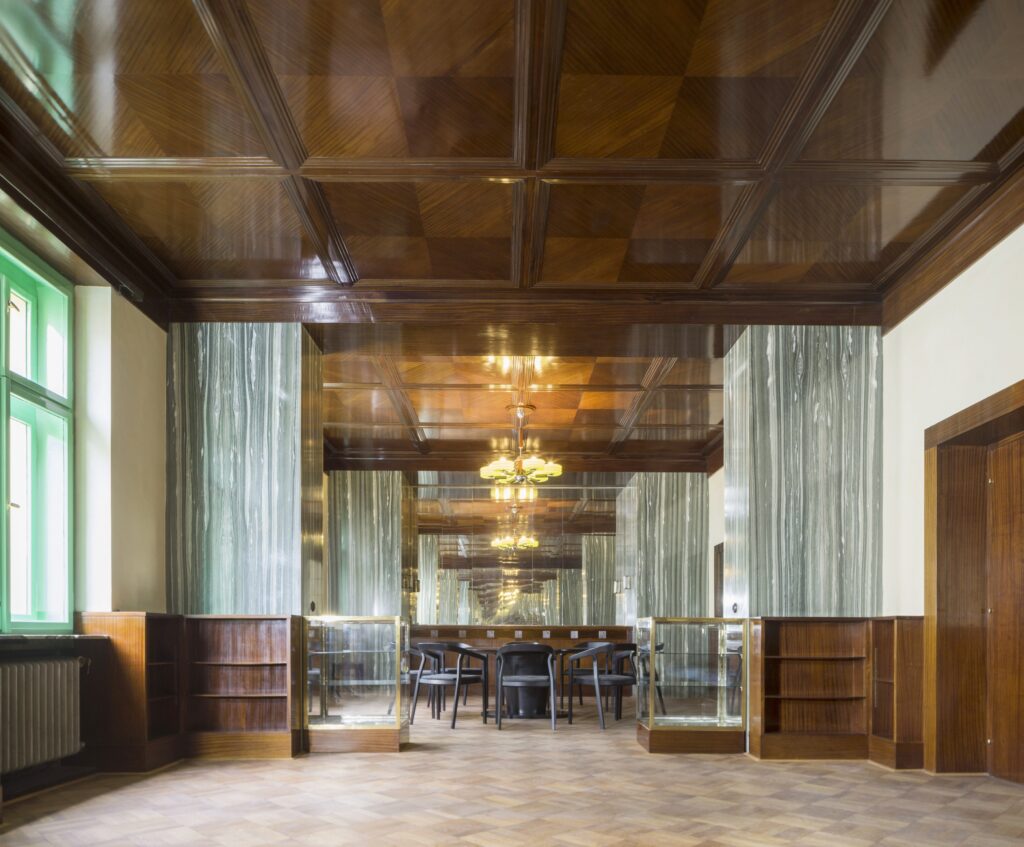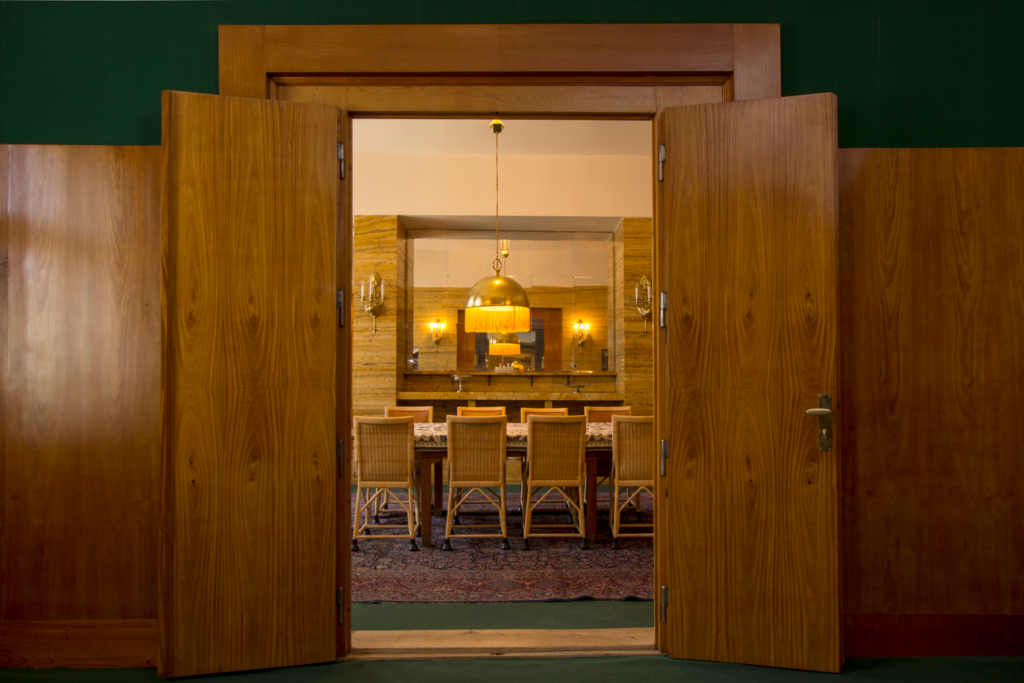
A fascinating conference on architecture is coming up. Brno-born architect Adolf Loos (1870-1933) is mostly remembered for his seminal essay ‘Ornament and Crime,’ which he published in 1908, and which had become the manifesto of the New Architecture in the German speaking world. Ornament, he claimed, was not only the expression of the primitive and was ‘unmodern’ and ‘uncultured,’ but it was also a vehicle for rich industrialists to gain profit for untasteful products and take advantage of the poor worker, who spent hours on unnecessary ornamentation, making less than a minimum wage. This socialist-aesthetic document has become the manifesto of the modern movement. But Loos had another career. As an architect, he completed a handful buildings, mostly private homes in Austria and Czechoslovakia. His architecture was innovative and in many ways substantiated the concepts expressed in the essay.
The case of Pilsen, the city located West of Prague is particularly interesting, since Loos built not one, but a series of 13 interiors, considered the best-secret of modernism. In fact, Pilsen is second only to Vienna in terms of Loos’s completed buildings. In fact, Pilsen is second only to Vienna in terms of Loss’s designs. As it was developing into an industrial city, centered around the Škoda Works, the largest factory complex in the Austria-Hungary Empire, as well as around a number of large breweries and other successful companies, a generation of well-educated Jewish families had emerged in the city. The Hirsch family was one of them. In 1907, Vilém Hirsch and his wife Marta met Loos in Vienna and invited him to visit in Pilsen subsequently to create the interior of their apartment. This commission had led Loos to make Pilsen his home. He became closed to other families in the local Jewish community, and for them, realized at least 13 interiors. Of these, only eight have survived to this day. Although his designs were not always preserved in their complete state or in great condition, they make up an extremely valuable set of works created by this world-renowned architect.
Until recently, the fact that the famous architect Adolf Loos operated in Pilsen was nearly unknown to the cultural public. Many of the original owners from the Jewish community were killed in Nazi concentration camps during World War II. Only some of them managed to escape to other countries in time. Those who were fortunate enough to survive by living abroad had their property confiscated by the communist totalitarian regime after the War. They were forced to flee in exile once again, and those who decided to stay in Pilsen had to live in degrading conditions. The totalitarian regime did not value Loos’ designs by any means. The apartments were transformed into offices or divided into several smaller apartment units. Much of the original apartment furniture was destroyed in those days.
At the end of the 1960s, the Historian of Architecture Věra Běhalová managed to register most of Loos’ work in Pilsen for heritage preservation. Věra Běhalová was persecuted by the communist secret police, or STB, but was fortunately able to escape to Austria in 1968. Loos’ work in Pilsen then fell back into disrepair for many years. It was only after the fall of the communist totalitarian regime that the descendants of the Brummel family first started the gradual reconstruction of their house at 58 Husova Street, which had been returned to their possession. The city of Pilsen made the first steps in 2004 to save the Vogl apartment at 12 Klatovská Street, which resulted in the partial restoration of the lounge and dining hall. The complete renovation of these premises was completed in 2014 and, in the same year, the apartment of the Kraus family at 10 Bendova Street was reconstructed. The first part of Oskar Semler’s apartment at 110 Klatovská Street was also repaired. This apartment is under the administration of the Gallery of West Bohemia in Pilsen. These four apartments create the basis of the three guided tours regularly available to the public which are run by the Pilsen-TOURISM organization. Adolf Loos’ other works in Pilsen are still waiting to be completely restored. The overall goal for the future is to reconstruct and open all the works of this prominent architect to the public.
Now, the Czech Center New York has put together a program on Adolf Loos’s interiors in Pilsen, Czech Republic. The project includes a multi-media exhibition at the Center, on view through March 11, and an international conference dedicated to Loos and his influence, on March 6th. All images courtesy Plzeň-TURISMUS.




